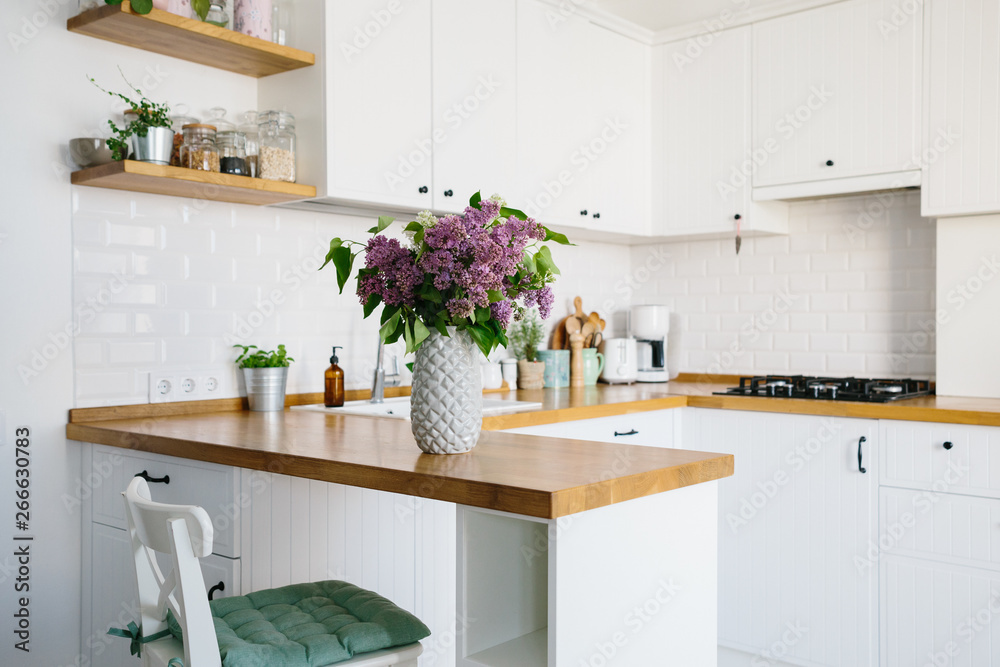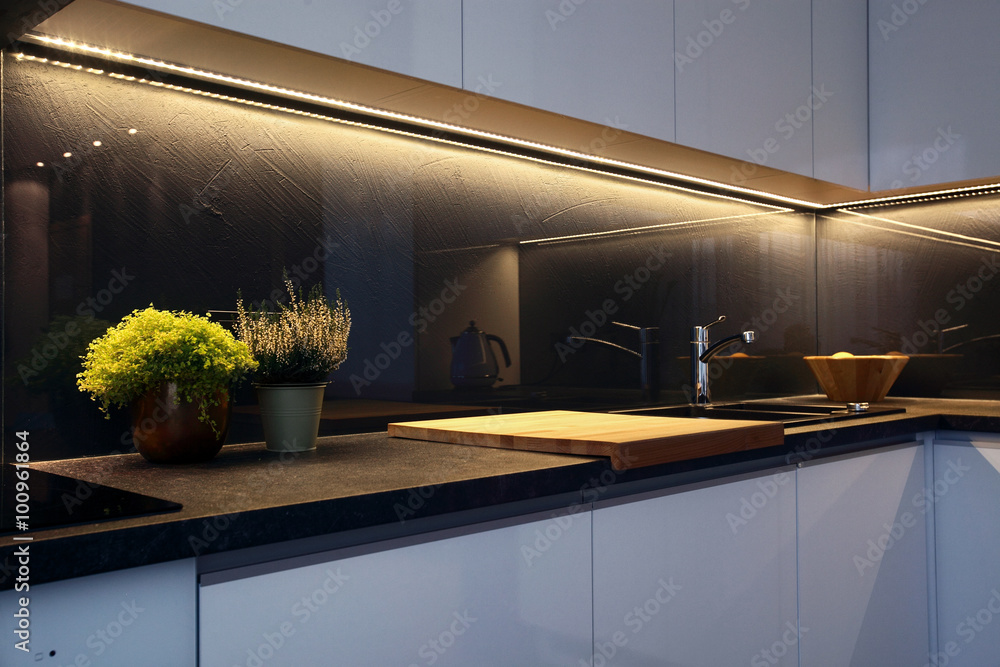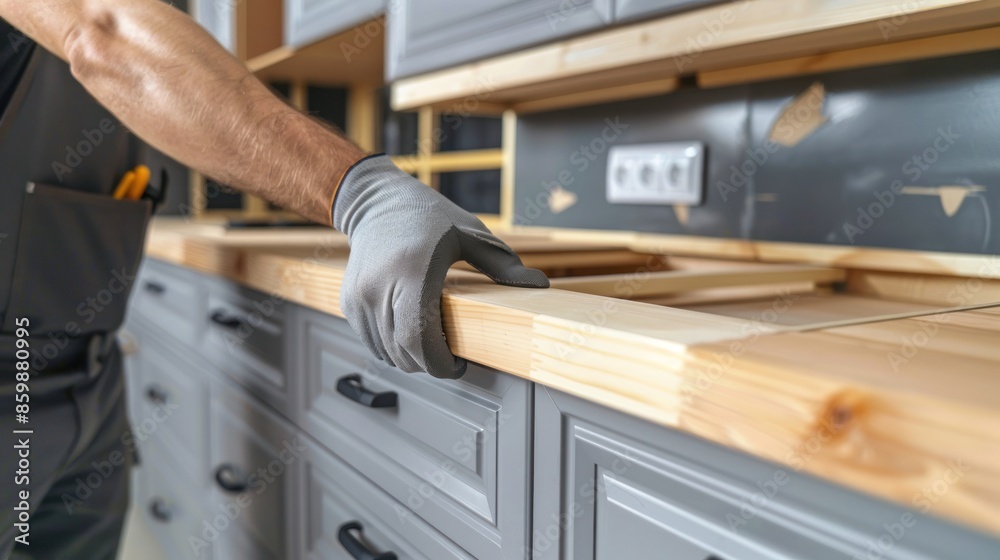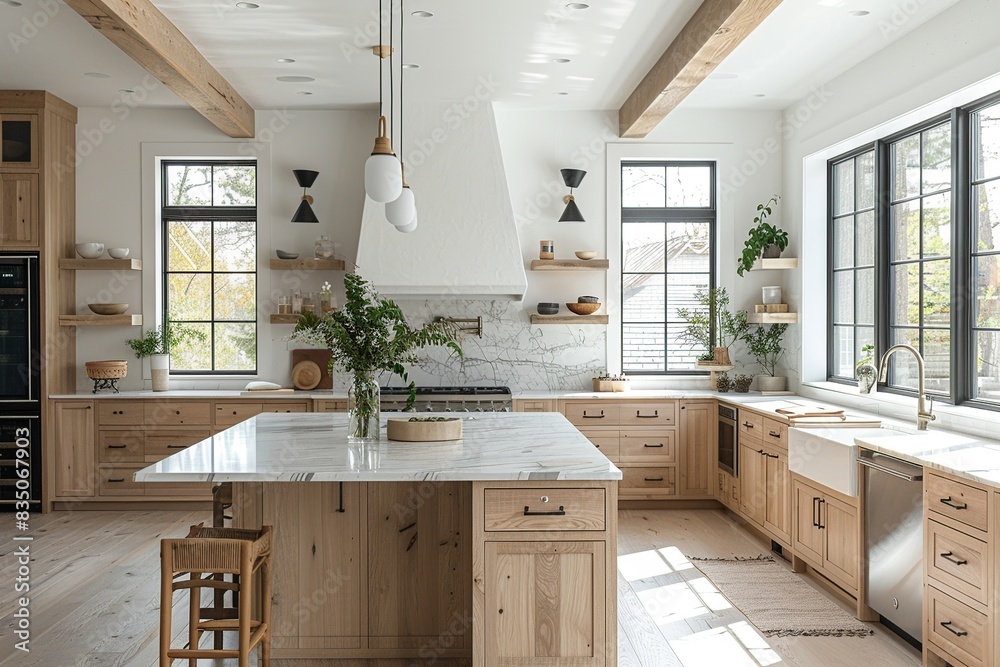Remodeling a kitchen is one of the most significant home improvement projects you can undertake. A well-executed kitchen remodel can enhance the functionality and aesthetics of your home, increase its value, and create a space that you and your family can enjoy for years to come. However, without careful planning and execution, a kitchen remodel can also be fraught with challenges and costly mistakes. This article explores common kitchen remodel mistakes and provides tips to ensure a successful renovation.
1. Inadequate Planning
Mistake: Jumping into a kitchen remodel without a comprehensive plan can lead to unexpected problems and increased costs.Tips for Success:
- Set Clear Goals: Define your goals for the remodel. Consider what you want to achieve, such as improved functionality, updated aesthetics, or increased storage.
- Create a Budget: Establish a realistic budget that includes all aspects of the remodel, from materials and labor to permits and contingency funds.
- Develop a Timeline: Outline a timeline for the project, considering the availability of materials, contractors, and your schedule. Allow for some flexibility to accommodate unexpected delays.
- Plan the Layout: Carefully plan the kitchen layout to optimize the workflow and ensure efficient use of space. Consider the work triangle (sink, stove, refrigerator) to minimize movement between tasks.
2. Ignoring the Work Triangle
Mistake: Neglecting the kitchen work triangle can result in an inefficient and frustrating cooking experience.Tips for Success:
- Understand the Work Triangle: The work triangle concept involves the placement of the sink, stove, and refrigerator in a triangular layout to create an efficient workflow.
- Optimal Distances: Ensure that the distance between each point of the triangle is neither too far nor too close. The sum of the three sides should be between 13 and 26 feet.
- Avoid Obstacles: Keep the work triangle free of obstacles, such as kitchen islands or cabinets, to allow for smooth movement between tasks.
3. Skimping on Storage
Mistake: Inadequate storage solutions can lead to a cluttered and disorganized kitchen.Tips for Success:
- Maximize Cabinet Space: Utilize all available cabinet space by incorporating features like pull-out shelves, lazy Susans, and deep drawers.
- Consider Vertical Storage: Use vertical space by installing tall cabinets or open shelving to store items that are used less frequently.
- Add a Pantry: If possible, include a pantry in your kitchen design to store bulk items and reduce countertop clutter.
- Organize Efficiently: Use drawer dividers, spice racks, and other organizers to keep kitchen tools and ingredients neatly arranged.
Join HICP Homeowner’s Alliance
Connect with experts, get special discounts and enjoy member benefits
4. Choosing the Wrong Materials
Mistake: Selecting materials that are not durable or suitable for the kitchen environment can lead to premature wear and the need for costly replacements.Tips for Success:
- Prioritize Durability: Choose materials that can withstand the demands of a busy kitchen, such as quartz or granite countertops, hardwood or tile flooring, and solid wood or high-quality laminate cabinets.
- Consider Maintenance: Opt for materials that are easy to clean and maintain. For example, stainless steel appliances and tile backsplashes are both durable and easy to wipe down.
- Think About Aesthetics: While durability is crucial, also consider the aesthetic appeal of materials. Select colors and finishes that complement your overall kitchen design.
5. Overlooking Lighting
Mistake: Inadequate lighting can make the kitchen feel dark and uninviting, and it can hinder your ability to work efficiently.Tips for Success:
- Layered Lighting: Incorporate multiple layers of lighting, including ambient, task, and accent lighting, to create a well-lit and inviting space.
- Task Lighting: Install task lighting, such as under-cabinet lights or pendant lights over work areas, to ensure adequate illumination for cooking and food preparation.
- Natural Light: Maximize natural light by keeping windows unobstructed and considering skylights or glass doors to brighten the kitchen.
- Dimmable Lights: Use dimmable light fixtures to adjust the lighting intensity according to different activities and moods.
6. Neglecting Ventilation
Mistake: Poor ventilation can lead to lingering cooking odors, excess moisture, and an uncomfortable kitchen environment.Tips for Success:
- Install a Range Hood: Invest in a high-quality range hood that effectively removes smoke, steam, and odors from the kitchen. Ensure it is vented to the outside.
- Consider Vent Placement: Place the range hood directly above the stove for optimal performance. The size of the hood should match the size of the stove.
- Additional Ventilation: If necessary, incorporate additional ventilation options, such as exhaust fans or operable windows, to improve air circulation.
7. Underestimating the Importance of a Backsplash
Mistake: Skipping or choosing the wrong backsplash can leave your kitchen walls vulnerable to stains and damage.Tips for Success:
- Protective Barrier: A backsplash protects the walls behind the sink, stove, and countertops from splashes and spills. Choose materials that are easy to clean, such as tile, glass, or stainless steel.
- Design Element: Use the backsplash as an opportunity to add a design element to your kitchen. Consider colors, patterns, and textures that complement your overall kitchen design.
- Height Considerations: Extend the backsplash to at least 18 inches above the countertops to provide adequate protection and visual impact.
8. Not Hiring Professionals When Needed
Mistake: Attempting complex tasks without professional help can lead to subpar results, safety hazards, and costly repairs. Tips for Success:- Know Your Limits: Be honest about your DIY skills and experience. While some tasks, like painting or installing hardware, can be done by homeowners, others, such as electrical work or plumbing, should be left to professionals.
- Hire Licensed Contractors: For tasks that require professional expertise, hire licensed and experienced contractors. Check their references and reviews to ensure quality work.
- Get Detailed Quotes: Obtain detailed quotes from multiple contractors to compare costs and services. Ensure the quotes include all aspects of the job to avoid hidden fees.
9. Ignoring the Overall Design Cohesion
Mistake: Focusing too much on individual elements without considering the overall design can result in a disjointed and unattractive kitchen. Tips for Success:- Unified Theme: Choose a cohesive design theme that ties together all elements of the kitchen, including cabinets, countertops, flooring, and appliances.
- Consistent Color Scheme: Stick to a consistent color scheme to create a harmonious look. Use accent colors sparingly to add interest without overwhelming the space.
- Balance and Proportion: Ensure that all elements are balanced and proportionate. Avoid overcrowding the kitchen with too many design features or large appliances.
10. Overlooking the Details
Mistake: Neglecting small details can undermine the overall success of your kitchen remodel. Tips for Success:- Hardware and Fixtures: Choose high-quality hardware and fixtures that complement your kitchen design. Pay attention to the style, finish, and functionality.
- Soft-Close Features: Invest in soft-close hinges and drawer slides to prevent slamming and extend the life of your cabinets.
- Electrical Outlets: Plan the placement of electrical outlets carefully to ensure they are conveniently located for all your kitchen appliances and gadgets.
- Finishing Touches: Add finishing touches, such as trim, molding, and decorative elements, to enhance the overall look and feel of your kitchen.
A successful kitchen remodel requires careful planning, attention to detail, and a clear understanding of potential pitfalls. By avoiding these common mistakes and following the tips provided, you can create a kitchen that is not only beautiful and functional but also tailored to your specific needs and preferences. Whether you are undertaking a DIY project or working with professionals, a well-executed kitchen remodel can transform your home and provide a space that you and your family will enjoy for years to come.








